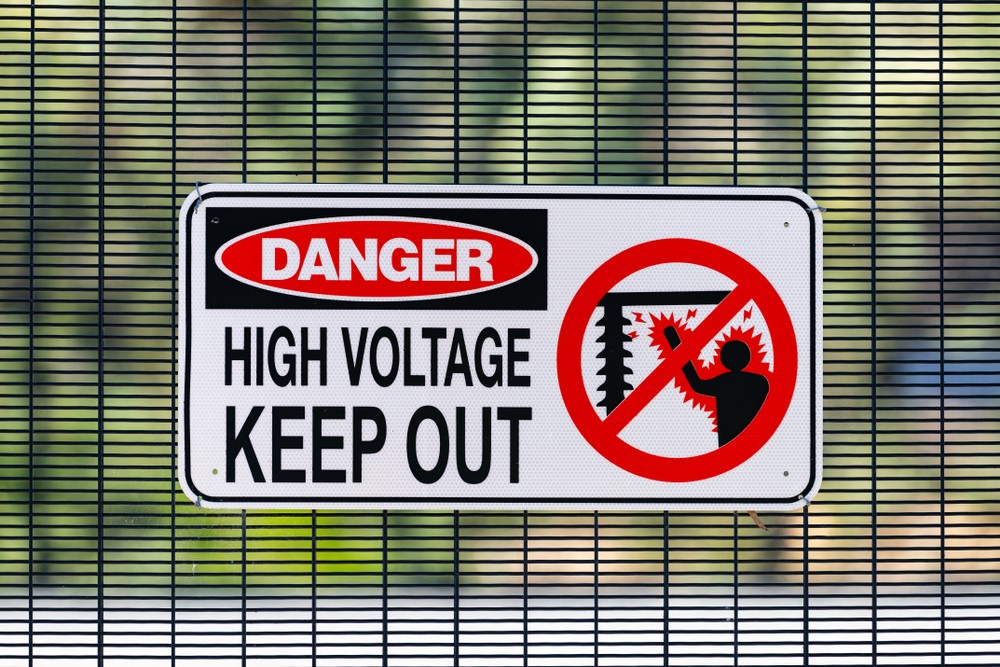Excitement About Roar Solutions
Excitement About Roar Solutions
Blog Article
The Best Guide To Roar Solutions
Table of ContentsThe Definitive Guide for Roar SolutionsWhat Does Roar Solutions Do?Roar Solutions Can Be Fun For Everyone
In order to safeguard setups from a potential surge a method of analysing and classifying a possibly hazardous location is required. The function of this is to ensure the proper selection and installment of equipment to eventually prevent an explosion and to make certain security of life.
(https://www.reddit.com/user/roarsolutions1/)
No devices must be installed where the surface area temperature level of the devices is better than the ignition temperature level of the provided risk. Below are some typical dust dangerous and their minimum ignition temperature. Coal Dirt 380C 225C Polythene 420C (thaws) Methyl Cellulose 420C 320C Starch 460C 435C Flour 490C 340C Sugar 490C 460C Grain Dirt 510C 300C Phenolic Resin 530C > 450C Aluminium 590C > 450C PVC 700C > 450C Soot 810C 570C The likelihood of the hazard existing in a focus high sufficient to trigger an ignition will vary from area to area.
In order to identify this risk a setup is divided right into locations of risk relying on the quantity of time the dangerous exists. These areas are described as Zones. For gases and vapours and dusts and fibers there are three zones. Area 0 Zone 20 A hazardous ambience is highly likely to be existing and might be existing for extended periods of time (> 1000 hours annually) and even continually Area 1 Zone 21 A hazardous ambience is possible yet unlikely to be present for extended periods of time (> 10 450 C [842 F] A category of T6 indicates the minimum ignition temperature level is > 85 C [185 F] Dangerous area electric equipment possibly designed for usage in higher ambient temperature levels. This would showed on the rating plate e.g. EExe II C T3 Ta + 60C( This suggests at 60C ambient T3 will not be gone beyond) T1 T1, T2, T3, T4, T5, T6 T2 T2, T3, T4, T5, T6 T3 T3, T4, T5, T6 T4 T4, T5, T6 T5 T5, T6 T6 T6 A T Class ranking of T1 implies the optimum surface temperature level generated by the instrument at 40 C is 450 C. Thinking the connected T Course and Temperature score for the tools are suitable for the location, you can always utilize a tool with an extra strict Division ranking than required for the location. There isn't a clear response to this concern unfortunately. It truly does rely on the type of devices and what repairs need to be accomplished. Devices with specific test procedures that can not be executed in the field in order to achieve/maintain third celebration ranking. Must come back to the manufacturing facility if it is before the tools's service. Field Repair Work By Authorised Employee: Difficult screening may not be required nevertheless details procedures may need to be complied with in order for the devices to keep its 3rd party rating. Authorised workers need to be used to execute the job appropriately Repair must be a like for like replacement. New part must be considered as a straight substitute needing no special testing of the equipment after the repair is complete. Each item of devices with an unsafe rating need to be evaluated individually. These are described at a high degree below, but also for even more in-depth details, please refer straight to the guidelines.
How Roar Solutions can Save You Time, Stress, and Money.
The equipment register is a comprehensive data source of devices records that consists of a minimum collection of fields to recognize each product's location, technological specifications, Ex category, age, and environmental information. The ratio of Detailed to Close inspections will certainly be figured out by the Equipment Threat, which is examined based on ignition risk (the likelihood of a source of ignition versus the chance of a flammable atmosphere )and the harmful area category
( Zone 0, 1, or 2). Carrying out a robust Risk-Based Assessment( RBI )technique is crucial for making sure compliance and safety and security in managing Electric Tools in Hazardous Areas( EEHA).
The 10-Minute Rule for Roar Solutions

In regards to explosive risk, an unsafe area is an environment in which an eruptive atmosphere is existing (or may be anticipated to be present) in amounts that need special safety measures for the construction, installment and use tools. Roar Solutions. In this write-up we explore the obstacles dealt with in the office, the risk control procedures, and the required proficiencies to function safely
It issues of contemporary life that we make, save or deal with a variety of gases or liquids that are considered combustible, and a series of dirts that are considered flammable. These substances can, in specific problems, form explosive ambiences and these can have significant and heartbreaking effects. Most of us recognize with the fire triangular get rid of any one of the 3 components and the fire can not take place, but what does this mean in the context of dangerous locations? When damaging this down right into its simplest terms it is essentially: a mix of a particular quantity of launch or leakage of a particular substance or material, blending with ambient oxygen, and the existence of a resource of ignition.
In many circumstances, we can do little concerning the degrees of oxygen airborne, yet we can have considerable influence on sources of ignition, for example electrical devices. Dangerous areas are documented on the harmful location classification drawing and are identified on-site by the triangular "EX" sign. Here, among various other crucial info, zones are divided right into three types depending on the hazard, the likelihood and period that an eruptive environment will exist; Area 0 or 20 is regarded one of the most dangerous and Zone 2 or 22 is regarded the least.
Report this page